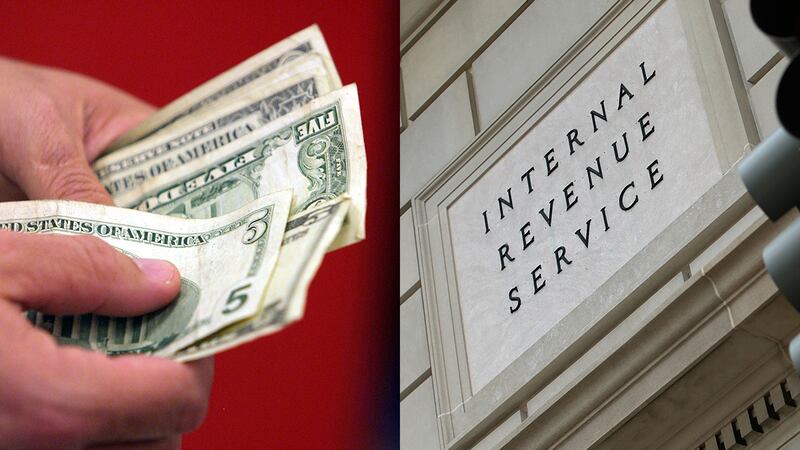Those expecting income tax refunds this year may be upset when checks start showing up in their mailboxes -- or even more upset when they end up writing the IRS a check.
Millions of Americans who have already finished their 2018 taxes are learning that the amount they have received as a refund is not what they were expecting.
The IRS has reported that the average refund issued so far this year was down 8.4 percent or an average of $1,865 A change in the way taxes are calculated and a decrease in some deductions Americans have used for years to cut their tax bills is causing refunds to shrink.
Here’s a look at how this year’s returns are different.
TRENDING NOW:
- Antonio Brown thanks Steelers Nation, tweets 'time to move on and forward'
- 2 arrested in possible kidnapping of woman bound in home
- Bill would charge pregnant women using drugs if baby is harmed, born addicted
- VIDEO: Boys stop to honor American flag in heartwarming viral photo
- DOWNLOAD the Channel 11 News app for breaking news alerts
Who gets a tax refund?
According to the IRS, about 75 percent of America taxpayers get some sort of refund, meaning you paid more in taxes than you owe the government and the government is returning the amount you overpaid.
>> Jamie Dupree: Trump Administration calls stories of smaller tax refunds ‘misleading’
Several factors determine this outcome – the amount taken from your paycheck, of course, but also under which status you file and the deductions you claim on your income tax form. Deductions you can claim lower your tax bill.
You determine your tax bill after calculating deductions and establishing your filing status. If your tax bill is less than the amount you have paid during the year via payroll deductions, then you get a refund of the difference in those two numbers.
Why is it different this year?
In December of 2017, President Donald Trump signed the Tax Cuts and Jobs Act. The legislation reduced income tax rates and nearly doubled the standard deduction offered to every taxpayer, but at the same time, it put limitations on itemized deductions, such as the amount of state and local income taxes you can claim as a deduction.
When those changes were enacted, so were changes in what is withheld from your paycheck.
Beginning with the 2018 tax bill, employers took less money out of employees' paychecks.
The goal of those changes was to match up withholding taxes with what people owe in taxes for the year, thereby making refunds less necessary.
Less money paid to the IRS can mean less of a refund, or in some cases, you could even owe the government more money.
How can I get a bigger refund?
Is there any way to get back to those days of big tax refunds?
Maybe. The first step would be adjusting your paycheck withholdings.
The way you do that is by changing the number of allowances you have told your employer to deduct taxes for.
The Government Accountability Office warned tax filers to make a change in their withholding status, or they would risk getting a lower refund on their 2018 taxes.
Out of each paycheck you receive, your employer removes, or withholds, a certain amount of money. Employers have to do this to cover federal income taxes. In some states, they also do it to cover state and local taxes.
A form known as a W-4 tells your employer how much to withhold, depending on how many allowances you are claiming per your paycheck. Usually, the number of allowances you have includes yourself plus the number of dependents you have in your family.
For instance, if you have two children, then the number of allowances you ask your employer to collect taxes for would likely be three – you and your two children.
The allowance number is not a set number but is determined by what you ask for on the W-4 form. That number can be from 0 to however many allowances you’d like to take.
The fewer allowances you claim, the more money your employer takes from your check. More allowances mean less money out of your weekly check.
So if you want to get a greater refund, you need to claim fewer deductions
Cox Media Group








